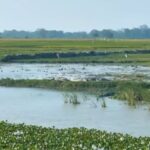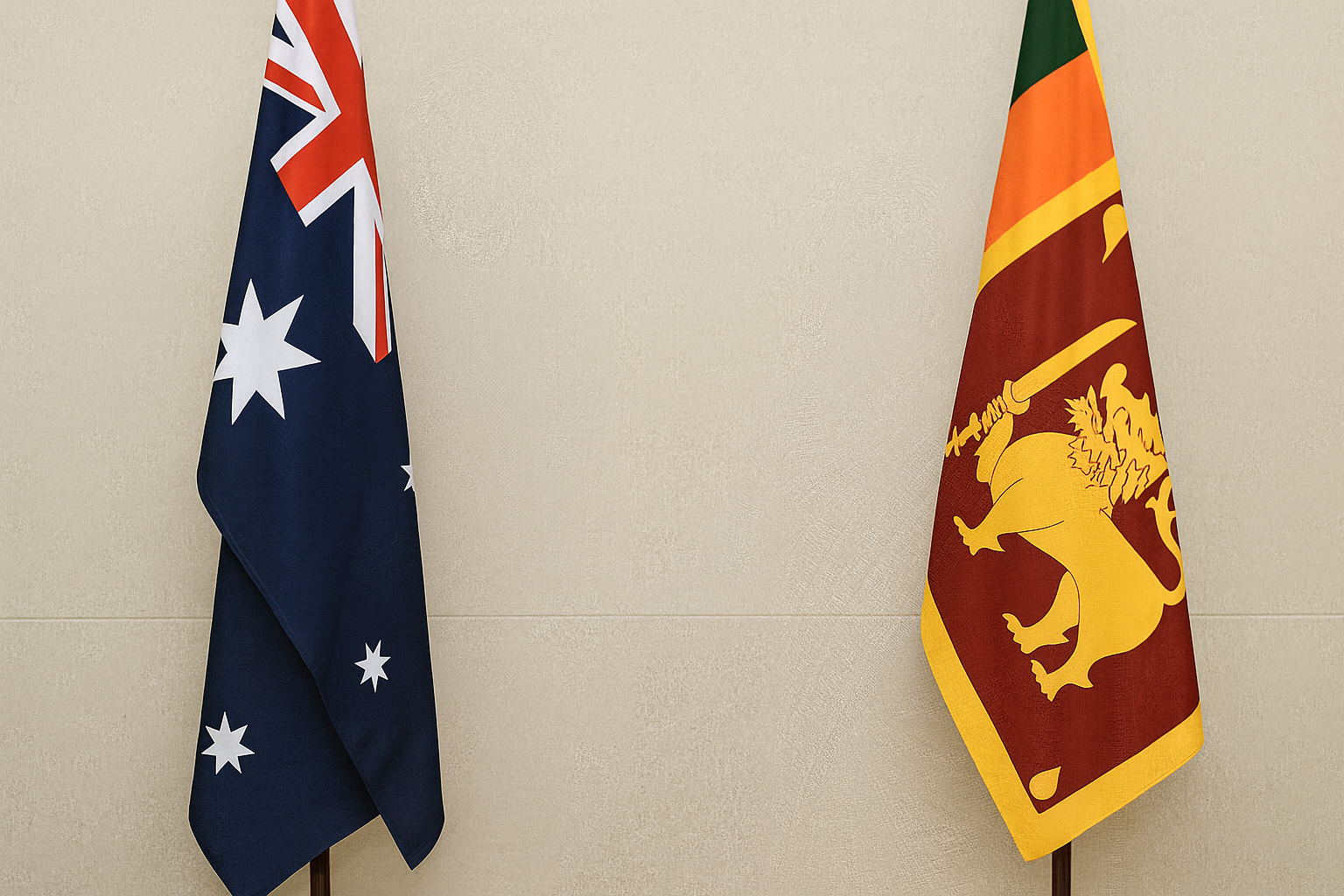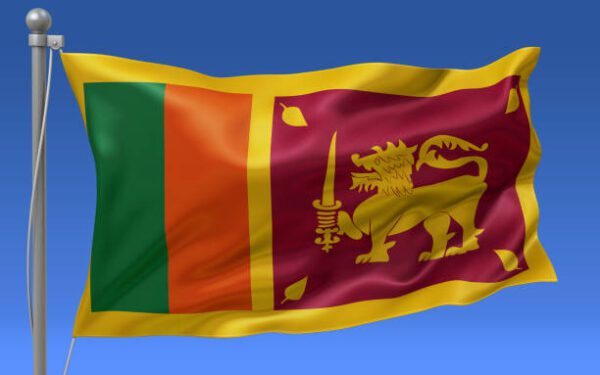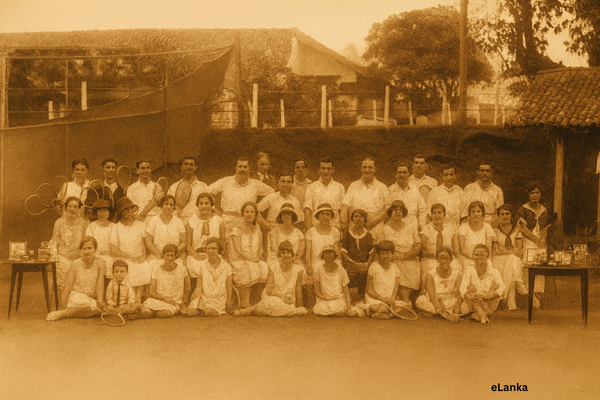Ambalama – Sri Lanka’s Ancient Wayside Shelters of Rest and Reflection – By Nadeeka – eLanka

In the heart of Sri Lanka’s cultural and historical landscape stands a humble yet profoundly meaningful architectural form—the Ambalama, the traditional wayside rest shelter. Scattered across the island, often near ancient roads, pilgrimage paths, reservoirs, or under shady banyan trees, these open structures served for centuries as places of rest, reflection, and communal exchange. More than mere physical shelters, Ambalamas represent a timeless tradition of generosity, hospitality, and spiritual mindfulness embedded deeply within the social fabric of Sinhala-Buddhist civilization.
The origin of the Ambalama dates back over a thousand years, with some of the earliest examples believed to have emerged during the Anuradhapura and Polonnaruwa periods. Built predominantly of wood, stone, or clay, these structures were simple in design—raised platforms with open sides, supported by wooden or stone columns, and roofed with cadjan leaves or clay tiles. Though their appearance was unpretentious, they carried an air of serenity and purpose. Travelers, monks, pilgrims, traders, and even royal emissaries would pause at these shelters to rest, eat, share stories, or offer alms.
The construction and upkeep of Ambalamas were typically undertaken by local communities or wealthy benefactors as acts of dāna (almsgiving), a key virtue in Buddhist practice. This act was not only charitable but also spiritually meritorious, believed to contribute to good karma. The very existence of Ambalamas across the country stands as a testament to the spirit of communal care and religious devotion that characterized rural life in traditional Sri Lanka. They became places where strangers could find comfort, and where communities found collective identity.
Beyond physical rest, Ambalamas were often spiritual and social gathering points. In ancient villages, they served as venues for bana sermons, public meetings, and even dispute resolutions. The open design encouraged a democratic space—anyone could enter, regardless of caste, wealth, or background. In this way, the Ambalama was not only a shelter but a symbol of equality and unity.
One of the most famous Ambalamas still standing today is the Panavitiya Ambalama in the Kurunegala District. Notable for its intricately carved wooden pillars and crossbeams, it is a masterpiece of traditional carpentry and craftsmanship. These carvings depict dancers, musicians, animals, floral motifs, and scenes from folklore—serving not just as decoration but also as a visual narrative of Sri Lankan rural life and mythology. Another well-preserved example is the Kadugannawa Ambalama, located along the historic Colombo-Kandy road, reminding travelers even today of the island’s cultural continuity.
Over time, with modernization and the construction of formal rest houses and transport infrastructure, many Ambalamas fell into disuse or disrepair. Urbanization and concrete development pushed these modest structures to the margins, both physically and in memory. Yet, they remain deeply symbolic—appearing in Sinhala literature, poetry, and art as emblems of rural serenity and timeless values.
Today, conservation efforts are underway to protect the remaining Ambalamas, with the Department of Archaeology and local heritage organizations documenting and restoring select structures. Their survival is not just about preserving architecture but safeguarding a cultural ethic—of shared humanity, mutual aid, and spiritual repose.
In a world increasingly driven by speed, individualism, and digital interaction, the Ambalama offers a gentle reminder of a slower, more connected way of life. It stands not only as a relic of the past but as a quiet invitation—to pause, reflect, and remember the importance of community, humility, and rest.
To walk past an Ambalama is to brush against centuries of Sri Lankan history. To sit within one is to feel the whisper of voices long gone, the footsteps of pilgrims, the quiet recitation of prayers, and the kindness of a people who believed in caring for those they might never know. In its silence, the Ambalama speaks volumes.




















